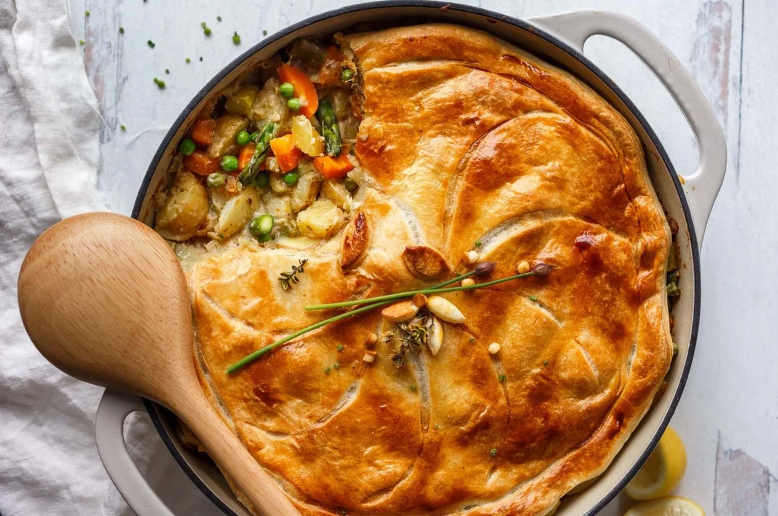Here are some tips for avoiding sports injuries as you increase your exercise this spring.
TABLE OF CONTENTS
Go Slow but Steady
Don’t succumb to the weekend warrior syndrome. Try to get some exercise 3-4 times per week on alternate days. One of the best ways to get injured or sore is to go hard all weekend and do nothing during the week.
Monitor Your Level of Exertion
Use the perceived exertion scale, the talk test, or the heart rate range to help you determine an appropriate intensity level. Stay at the lower end of the scale (11-13) and build up over several weeks.
Increase Your Training Slowly
Increasing training (mileage, time or amount of weight lifted) more than 10 percent per week increases your risk of injury. To avoid this, increase your training gradually over the weeks.
Don’t Exercise in Pain
As you get back to training in the Spring, you may have some minor muscle aches and soreness. But if you have any sharp, unusual pain, or soreness that doesn’t go away, pay attention. You may be on the way to an injury. It’s important to listen to the warning signs of an injury.
Cross Train
Varying your workouts can improve help your performance and reduce the risk of overuse injuries. By participating in a variety of different activities, such as running, weight training, hiking, boot camp classes or biking, you limit the stress on one specific muscle group because different activities use muscles in slightly different ways.
Avoid All-Out Efforts
Depending on how much inactivity you had over the winter, it could take as long as 6 weeks to re-establish a solid fitness base. Start your exercise program with slow, steady aerobic sessions. When you add intervals or all-out efforts, make sure you allow enough rest and recovery (at least 48 hours) between those hard-effort training days.
Follow a Training Program and Keep Records
If you really want to build back up to optimal fitness, it helps to establish a training plan and stick with it. There are many training programs for all types of sports and having one is not only good motivation, but it helps keep you from doing too much too soon.
Cut Yourself Some Slack
If you took the winter off, don’t expect to be back to peak fitness in a week or two. It’s ok to go slow and just enjoy being outside again. There’s plenty of summer left, so don’t worry about going a bit slower in the beginning.
Train With Others at Your Fitness Level
If you can find a few people with the same fitness level and goals as you, it can help keep you progressing at a good pace. Training with those who are farther along will only encourage you to overdo it, get injured or feel ‘behind’ in your training. Workouts with more fit people can be motivating and help you improve, but only after you have a good solid base to work with. Otherwise, they can be harmful.
Create a Support System
Having a strong support system, made up of friends, family, a coach, or a strong team is an important part of becoming a successful athlete. Spring training is an essential time to turn to your closest allies for motivation.
Don’t Forget to Have Fun!
Keep in mind that Spring Training is a time for fun, light-hearted exercise. You aren’t competing, and you aren’t burnt out yet. So just relax and enjoy your activity.
Vegan Pot Pie with Spring Vegetables

Ingredients
- Vegetables: fennel bulb, leek (or onion), garlic, potatoes, carrots, asparagus, peas
- Herbs: tarragon, lemon thyme, chives
- Almond milk or Cashew Milk
- Lemon juice
- Vegetable bullion
- Whole grain mustard
- Salt & Pepper
- Flour
- Vegan butter or olive oil
Instructions
- Chop up your veggies and measure all ingredients out.
- Blanch potatoes and carrots in salted water for about 10 minutes or until just fork-tender. Save 1/2 cup of the water as you drain potatoes and carrots.
- Dissolve bullion in the saved potato carrot water.
- Sauté leeks, garlic, fennel, and asparagus: Use an oven proof 10″ pan (about 2 1/2″ deep), or after cooking on the stove, transfer completed filling to a baking dish.
- Add blanched veggies to the sauté and mix. Push to the sides and melt butter in the center, add flour and mix as best as you can. Add bullion broth and milk, stirring all the while, switching from the whisk to stirring with a spoon.
- Add mustard and let the sauce come to a gentle boil. Turn off the heat.
- Add in peas, lemon juice, lemon thyme, tarragon, and chives.
- Let the filling cool a bit while you prepare the crust.
- If needed, roll your puff pastry out to 1/8″ thick. Cut into the shape of your pan and lay over the cooled filling. The pastry will shrink a bit as it bakes, so roll a couple inches bigger for full coverage. Score the pastry with a sharp knife, cutting halfway into the dough. Do any design you like! This lightens crust, allowing it to lift more and bake evenly.
EXPERT TIPS FOR THE ULTIMATE FLAKEY PASTRY TOP
- Preheat oven and keep at temperature for 15-20 minutes before you place the pot pie in the oven. Puff pastry needs even heat to rise and puff.
- Let the filling cool before topping with the crust. If it is too hot it can start melting the layers before the crust has a chance to heat up and rise.
- If you are working in a warm kitchen, chill the whole pot pie with the pastry lid on, for 10 minutes before baking.









